A Deceptive Magnetic Field of a Dead Star Misled Astronomers Into Believing It Was Approaching Earth
Misleading Magnetic Field of a Dead Star Dispels Initial Prediction of its Approach to the Solar System
Contrary to earlier predictions, a white dwarf star known as WD0810-353, located a mere 36 light-years away from Earth, will not be venturing through the outskirts of our Solar System. After careful reevaluation, a team of astronomers led by John Landstreet from the Armagh Observatory & Planetarium in the UK has determined that this star is quite ordinary, save for its remarkably strong magnetic field.
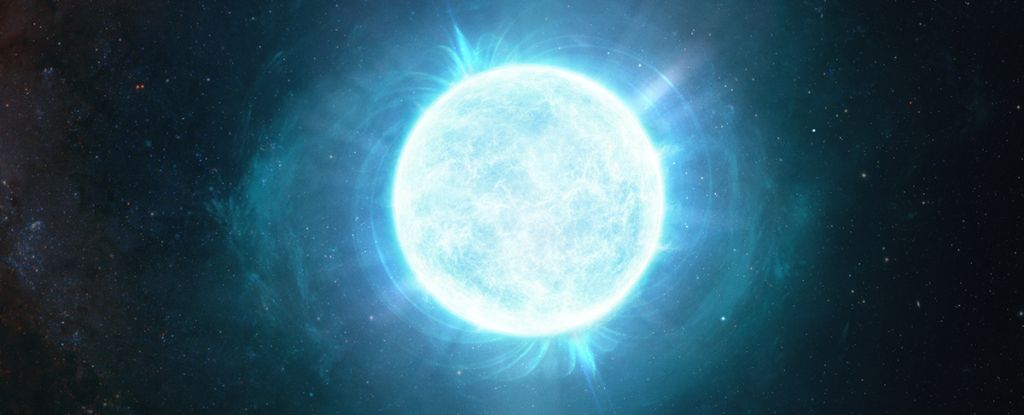
According to the researchers, it was this magnetic field that led scientists to erroneously interpret the trajectory of the star within the Milky Way galaxy. Their findings, accepted for publication in The Astrophysical Journal, can be accessed on the preprint server arXiv.
Nonetheless, WD0810-353 remains intriguing in its own right and offers an opportunity for scientists to gain insights into the evolution of magnetic fields in cooling white dwarf stars.
The Solar System, being part of a dynamic and captivating stellar community, does not exist in isolation. Each celestial object follows its own orbit or path around the galactic center, some of which could potentially lead to encounters with other stars, including our own Sun.
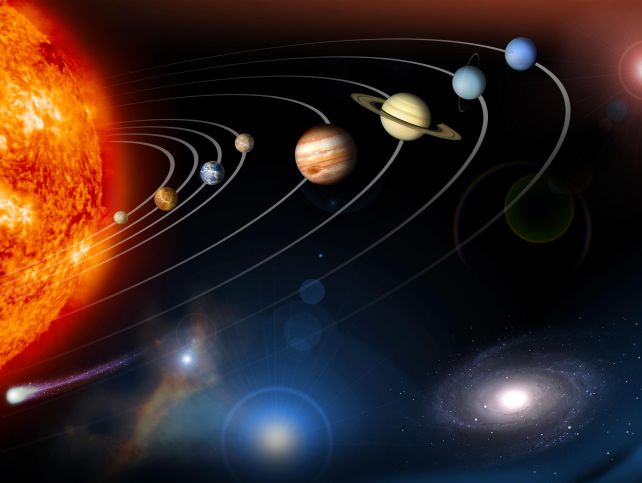
Astronomers are actively seeking to identify stars that might have close encounters with our Solar System, as such interactions could lead to disruptive consequences. In a recently published paper by Vadim Bobylev and Anisa Bajkova from the Russian Academy of Sciences, several potential candidates for future close encounters are discussed.
Among these candidates, one particularly captivating star is a white dwarf named WD0810-353. By utilizing data obtained from the Gaia mission, Bobylev and Bajkova have determined that WD0810-353 is hurtling through space at an astonishing speed of 373.7 kilometers per second (232 miles per second).
Their calculations reveal that in a mere 29,000 years, WD0810-353 is expected to pass within a distance of 0.49 light-years from the Sun. This proximity is equivalent to a mere 31,000 astronomical units, bringing the white dwarf in close proximity to the Oort Cloud—an assemblage of small, icy bodies theorized to orbit near the boundary of the Solar System. The gravitational effects of such a close encounter could perturb these frozen objects, causing them to scatter towards the inner Solar System as comets.
Undoubtedly, this prospect holds great intrigue and carries significant implications for the future of our Solar System.
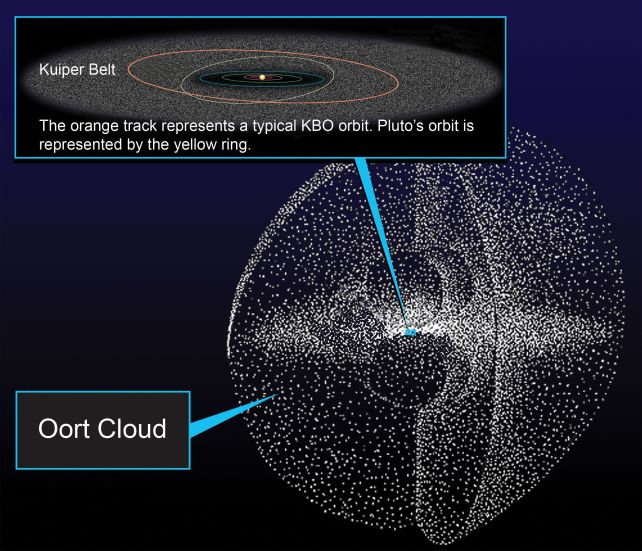
However, there are certain issues associated with this discovery. While the Gaia data has provided us with the most precise three-dimensional map of the Milky Way to date, there are notable limitations when it comes to using this data to calculate the velocities of white dwarfs.
In fact, a subsequent study carried out by astronomers Raúl de la Fuente Marcos and Carlos de la Fuente Marcos from the Complutense University of Madrid in Spain unveiled discrepancies in the initial findings. Although the white dwarf does exhibit a trajectory towards the Solar System, its velocity was significantly miscalculated. By reevaluating the hydrogen alpha line present in its spectrum, the researchers determined that WD0810-353 was actually moving at an astonishing speed of over 4,200 kilometers (approximately 2,600 miles) per second.
Space events often entail high levels of violence, particularly when stars deplete their fusion fuel reserves, leading to explosive phenomena that propel the remnants’ cores at immense velocities across the galaxy.
White dwarfs serve as such remnants for stars with masses lower than approximately eight times that of the Sun (more massive stars undergo collapse to form neutron stars and black holes). These white dwarfs are frequently propelled at high speeds across the galaxy due to uneven explosions. However, observing a runaway star approaching anywhere near that magnitude of velocity has never been documented before.
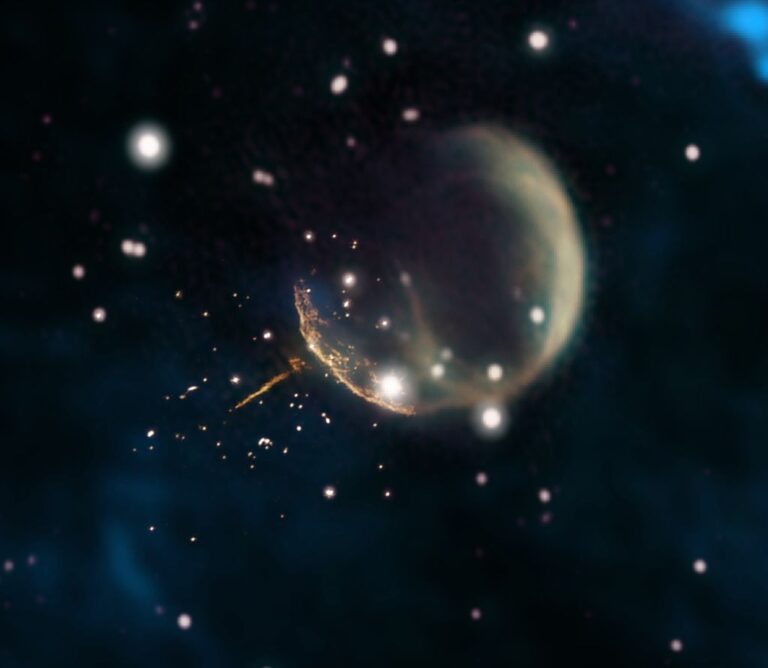
However, the Spanish astronomers highlighted the existence of an alternative possibility. They conducted a comparison between WD0810-353 and other white dwarfs exhibiting similar spectra using non-Gaia data. This analysis revealed a significantly lower velocity range of approximately 60 to 70 kilometers per second.
Both the fast and slow velocities would dismiss the likelihood of a close encounter between our Solar System and WD0810-353. But the question remains: which velocity estimation is accurate?
This is where Landstreet and his colleagues, Eva Villaver from the Astrobiology Center in Spain and Stefano Bagnulo from the Armagh Observatory & Planetarium, continue the investigation. They propose the notion that a potent magnetic field could distort the spectrum of a white dwarf. To test this hypothesis, they obtained new spectra and conducted fresh analyses to determine the magnetic field of WD0810-353.
Their findings indicated a significant shift of the hydrogen alpha line towards the bluer region of the spectrum due to the white dwarf’s powerful magnetic field. This phenomenon can create the illusion of motion, as the compression and shortening of light wavelengths towards the blue range, known as blueshifting, can make the star appear as though it is approaching us.
In this case, Landstreet and his colleagues discovered that the perceived motion was an illusion caused by the blueshift. The star’s velocity was determined to be around 83 kilometers (52 miles) per second. Consequently, it is not a hypervelocity or runaway star, and it will not intersect with the Oort Cloud in 29,000 years or at any time in the future.
“Nevertheless, WD0810-353 remains an intrinsically fascinating star,” state the researchers.
“It is one of the closest white dwarfs with a strong magnetic field to Earth. With an age of nearly 3 billion years, it is entering the cooling phase of its lifespan, during which intense magnetic fields surface in middle-aged white dwarfs. The visible surface of this star appears to exhibit a fairly complex distribution of local field strength. Further spectropolarimetric monitoring and more detailed modeling of this object will undoubtedly prove valuable.”
The team’s paper has been accepted into The Astrophysical Journal, and is available on arXiv.
Do not forget to share your opinion with us to provide you with the best posts !



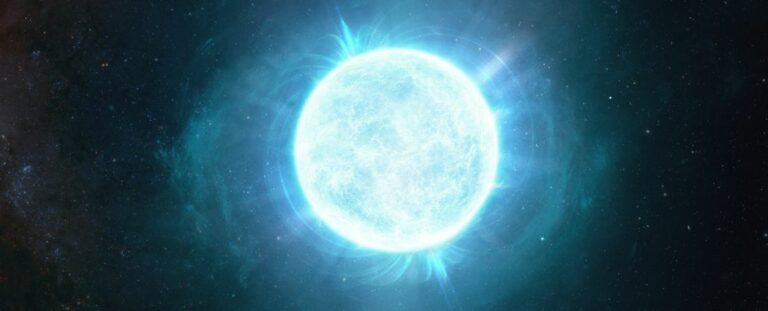
0 Comments